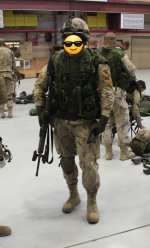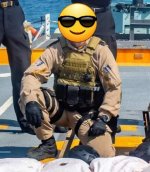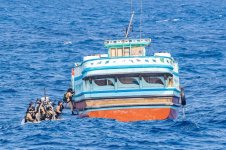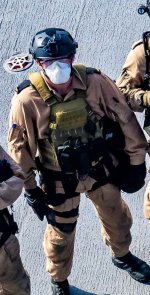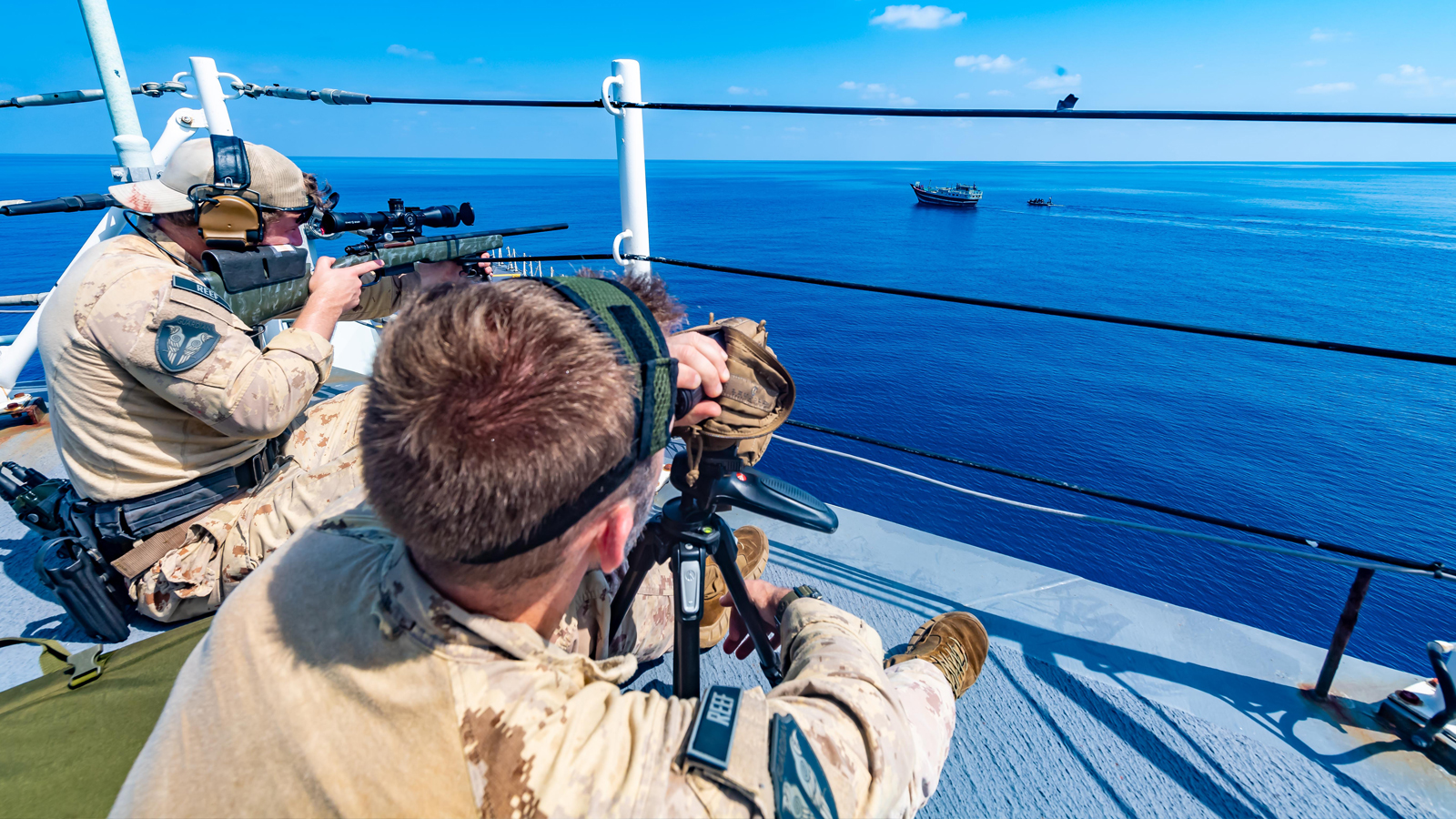- Reaction score
- 21,713
- Points
- 1,260
In the 2004 era the average weight for a CA Infantryman was IVO 90lbs for fighting order.I think there is a misconception regarding "Marius's Mules", they carried about 75lbs while on the march, not while in battle order crushing barbarians.
We expect people these days to carry more weight, and then keep the weight on while fighting.
The C9 gunners where ~120
That’s without any sort of day/assault pack, and no ruck.
Based on studies during GWOT, the heaviest load that the average Infantry soldier can handle for a continuous load and remain effective is 45lbs.
So something needs to give.
This of why my friend CSM Chuck Pressburg (USA Ret) has called the Light Infantry dead in America. Commanders are often too risk adverse to shed protection for mobility, not realizing that in some situations that the mobility of Light forces is their only true protection.



